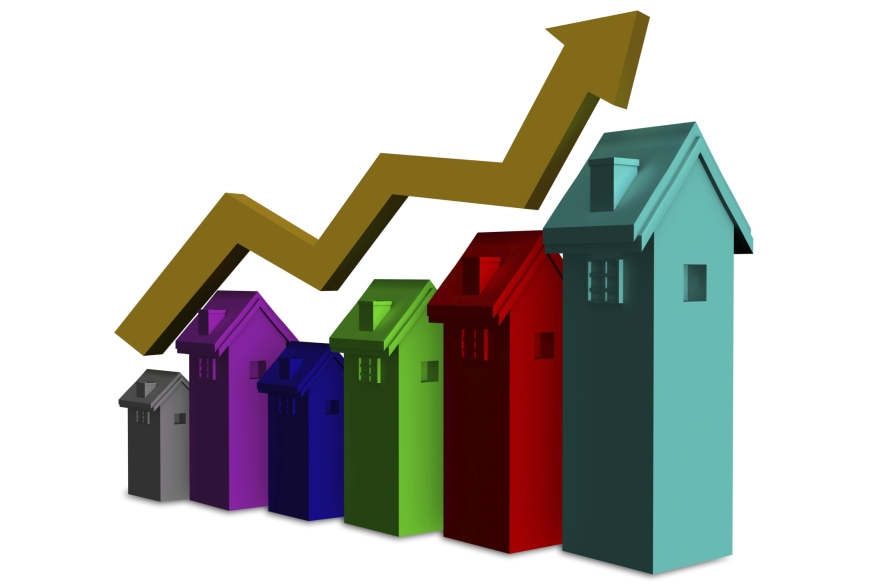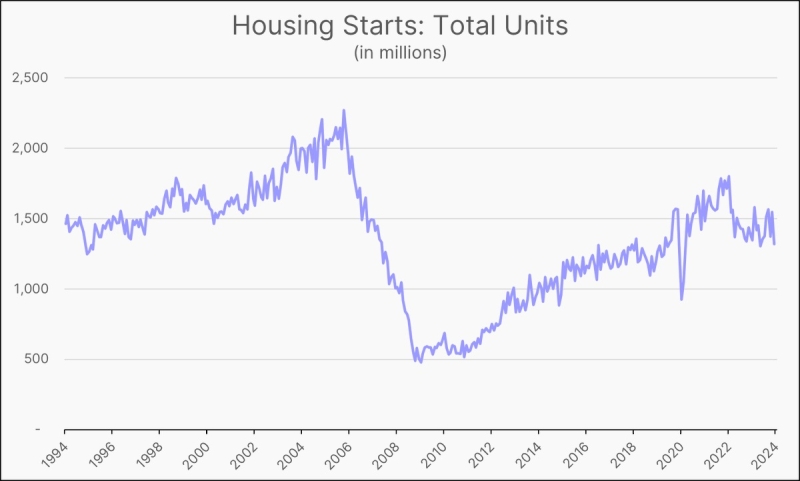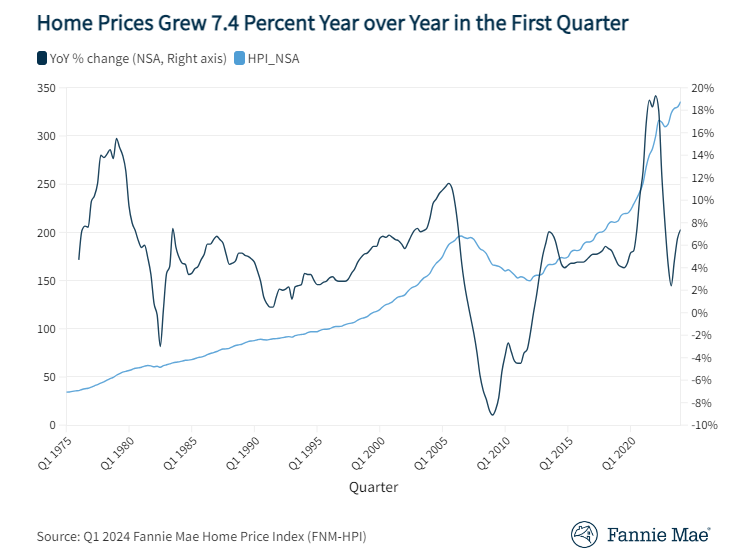Q1 Metro Home Prices Grow Steadily

Stronger demand amidst lagging inventory levels caused home prices to accelerate in many metro areas during the first quarter of 2015, and the number of areas experiencing double-digit price appreciation doubled compared to last quarter, according to the latest quarterly report by the National Association of Realtors (NAR). The median existing single-family home price increased in 85 percent of measured markets, with 148 out of 174 metropolitan statistical areas (MSAs) showing gains based on closings in the first quarter compared with the first quarter of 2014. Twenty-five areas (14 percent) recorded lower median prices from a year earlier.
The number of rising markets in the first quarter was mostly unchanged compared to the fourth quarter of last year, when price increases were recorded in 85 percent of metro areas. Fifty-one metro areas in the first quarter (28 percent) experienced double-digit increases, a sharp increase from the 24 metro areas in the fourth quarter of 2014. Thirty-seven metro areas (22 percent) experienced double-digit increases in the first quarter of 2014.
“Sales activity to start the year was notably higher than a year ago, as steady hiring and low interest rates encouraged more buyers to enter the market,” said Lawrence Yun, NAR chief economist. “However, stronger demand without increasing supply led to faster price growth in many markets. Sales could soften slightly in some of these markets seeing sharp price appreciation unless housing supply markedly improves and tempers its unhealthy level of growth.”
The national median existing single-family home price in the first quarter was $205,200, up 7.4 percent from the first quarter of 2014 ($191,100). The median price during the fourth quarter of 2014 increased six percent from a year earlier.
Total existing-home sales, including single family and condo, declined 1.8 percent to a seasonally adjusted annual rate of 4.97 million in the first quarter from 5.06 million in the fourth quarter of 2014, but are 6.2 percent higher than the 4.67 million pace during the first quarter of 2014.
At the end of the first quarter, there were two million existing homes available for sale, slightly above the 1.96 million homes for sale at the end of the first quarter in 2014. The average supply during the first quarter was 4.6 months—down from 4.9 months a year ago. A supply of six to seven months represents a healthy balance of supply between buyers and sellers.
“Homeowners throughout the country have enjoyed accumulating household wealth through the steady rise in home values in the past few years,” said Yun. “However, some homeowners are hesitant to move-up and sell because they aren’t confident they’ll find another home to buy. This trend—in addition to subpar homebuilding activity—is leading to the ongoing inventory shortages and subsequent run-up in prices seen in many markets.”
The five most expensive housing markets in the first quarter were the San Jose, Calif., metro area, where the median existing single-family price was $900,000; San Francisco, $748,300; Honolulu, $699,300; Anaheim-Santa Ana, Calif., $685,700; and San Diego, $510,300.
The five lowest-cost metro areas in the first quarter were Youngstown-Warren-Boardman, Ohio, where the median single-family home price was $64,300; Cumberland, Md., $71,600; Rockford, Ill., $78,600; Decatur, Ill., $82,200; and Toledo, Ohio, $83,800.
“Because of some volatility in smaller markets, it’s wise to look at the long-term trend for a direction on prices," said Yun.
Metro area condominium and cooperative prices—covering changes in 61 metro areas—showed the national median existing-condo price was $193,500 in the first quarter, up 1.5 percent from the first quarter of 2014 ($190,600). Forty-seven metro areas (77 percent) showed gains in their median condo price from a year ago; 14 areas had declines.
According to Freddie Mac, the national average commitment rate on a 30-year conventional fixed-rate mortgage during the first quarter remained below 4 percent for the second consecutive quarter at an overall average rate of 3.72 percent, down from 3.97 percent during the fourth quarter of 2014. They were 4.36 percent in the first quarter of 2014.
“Realtors are reporting increased foot traffic this spring as more consumers are feeling confident about their financial situation and looking to lock-in before rates eventually start to climb,” NAR President Chris Polychron, executive broker with 1st Choice Realty in Hot Springs, Ark. said. “With supply remaining tight—especially at the entry-level price range—buyers will need the expertise and local market insight of a Realtor to help them through each intricate step of the buying process.”
Lower interest rates and an uptick in the national family median income ($66,357) slightly improved affordability in the first quarter compared to the first quarter of last year. To purchase a single-family home at the national median price, a buyer making a 5 percent downpayment would need an income of $43,466, a 10 percent downpayment would require an income of $41,178, and $36,603 would be needed for a 20 percent downpayment.
Total existing-home sales in the Northeast dropped 11.2 percent in the first quarter but still remained 2.2 percent above the first quarter of 2014. The median existing single-family home price in the Northeast was $245,000 in the first quarter, up 2.4 percent from a year ago. In the Midwest, existing-home sales declined 2.0 percent in the first quarter but are 6.3 percent higher than a year ago. The median existing single-family home price in the Midwest increased 8.9 percent to $156,600 in the first quarter from the same quarter a year ago. Existing-home sales in the South fell slightly (0.5 percent) in the first quarter but are 7.8 percent above the first quarter of 2014. The median existing single-family home price in the South was $182,300 in the first quarter, 8.2 percent above a year earlier. In the West, existing-home sales increased 1.5 percent in the first quarter and are 5.4 percent above a year ago. The median existing single-family home price in the West increased 5.8 percent to $295,500 in the first quarter from the first quarter of 2014.





